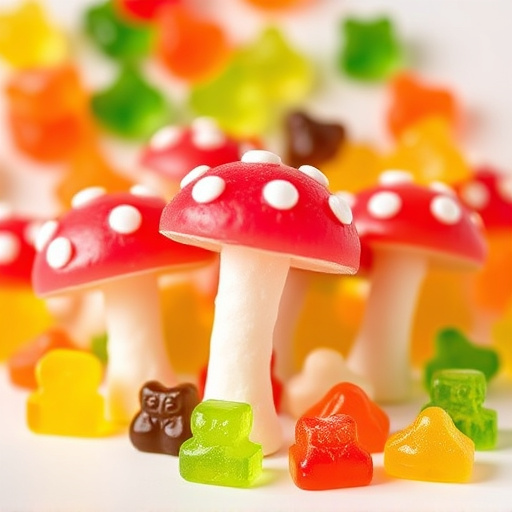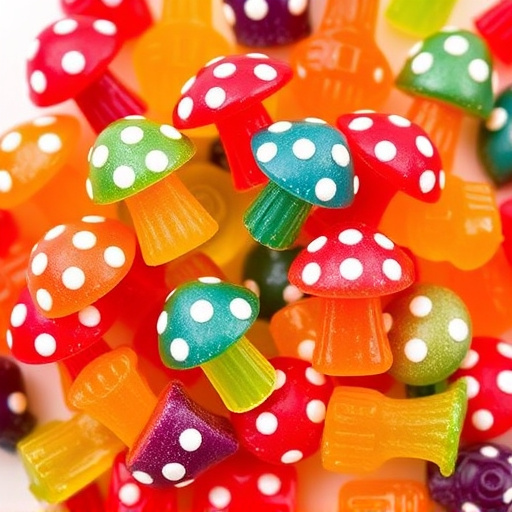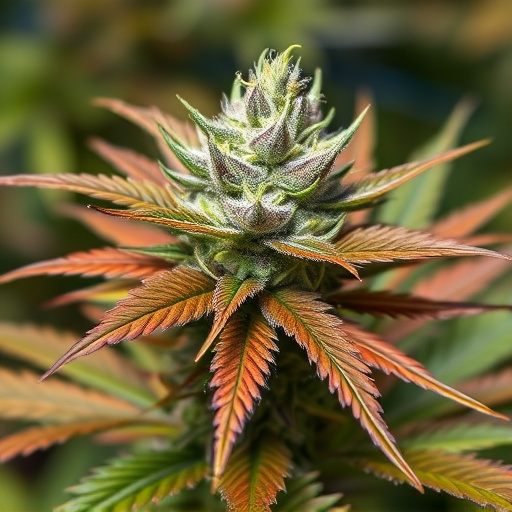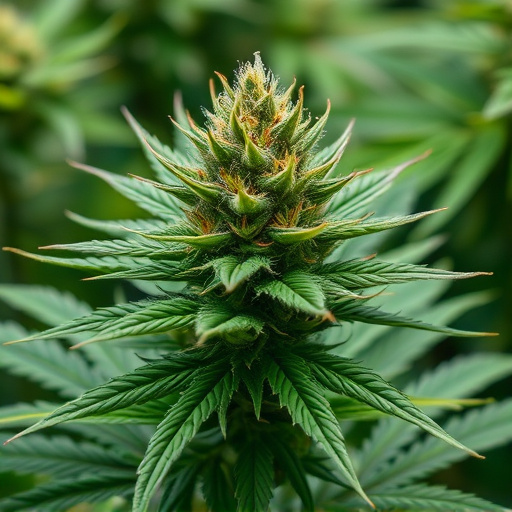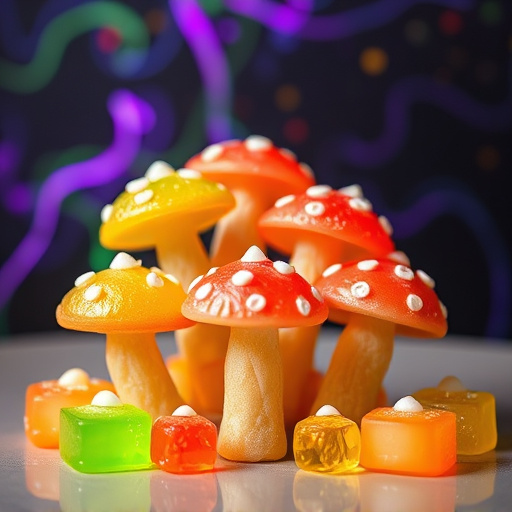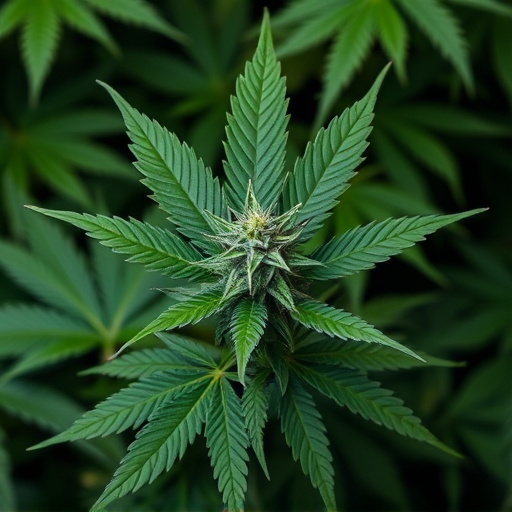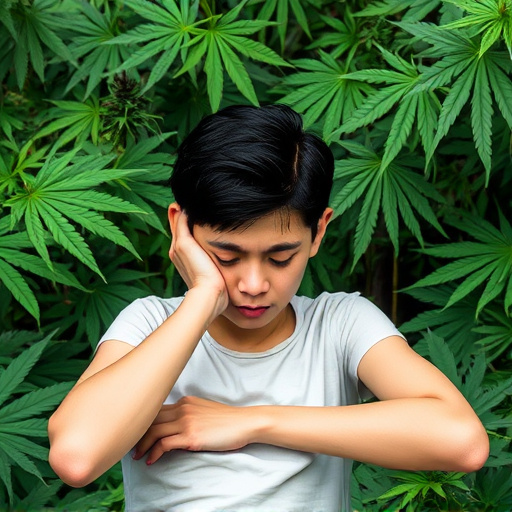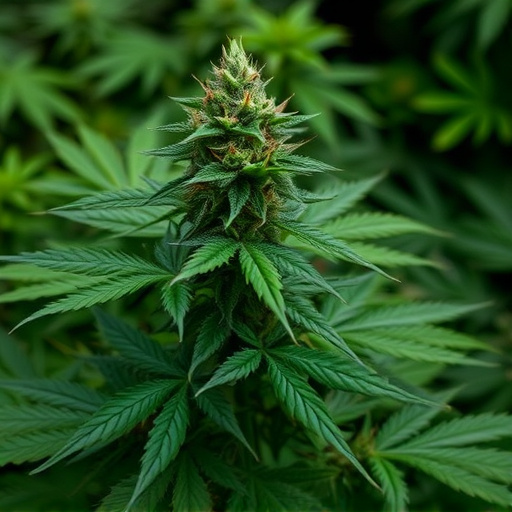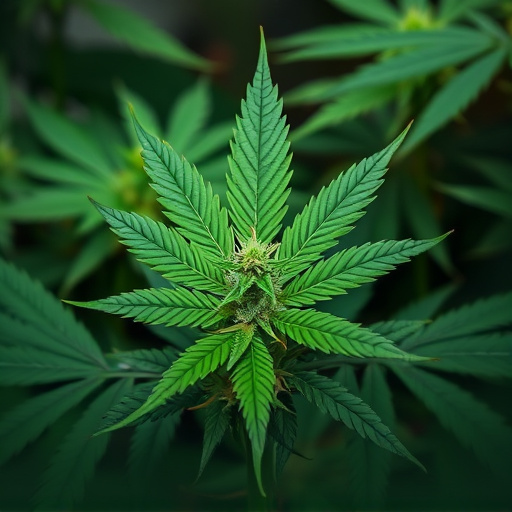Cannabis aroma arises from chemical components like terpenes and cannabinoids, which create diverse scents ranging from fruity to musky. Genetic diversity in cannabis plants leads to a wide array of strains with unique scent profiles, influenced by natural and human breeding over centuries. Environmental factors such as temperature, soil composition, and nutrients also significantly impact terpene concentrations, affecting the aroma and potential therapeutic benefits, especially for depression relief. Understanding these scent characteristics is crucial when considering cannabis as an alternative therapy for depression, as specific strains with appealing aromas may enhance its effectiveness.
Unraveling the intricate secrets of cannabis aroma is a fascinating journey. In this article, we explore what truly determines the unique scents that make cannabis strains so diverse. From chemical compounds and terpenes acting as the aromatic architects, to genetic diversity creating distinct scent profiles, each strain tells a story. Furthermore, environmental factors play a pivotal role in shaping these aromas, especially for cannabis strains used in depression relief, offering a soothing sanctuary for the senses.
- Chemical Compounds and Terpenes: The Building Blocks of Cannabis Aroma
- Genetic Diversity in Cannabis Strains: How It Impacts Scent Profiles
- Environmental Factors: Their Role in Shaping the Aroma of Cannabis Strains for Depression Relief
Chemical Compounds and Terpenes: The Building Blocks of Cannabis Aroma
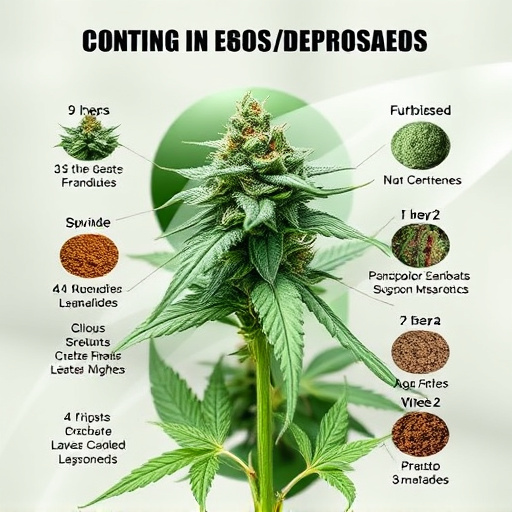
The unique and diverse aromas associated with cannabis are largely attributable to its chemical compounds, particularly terpenes and cannabinoids. Terpenes, organic compounds responsible for the essential oils in many plants, play a significant role in shaping the scent profile of different cannabis strains. Each terpene contributes distinct olfactory notes, ranging from fruity and floral to spicy and piney. For instance, myrcene, with its earthy and musky scent, is commonly found in Indica-dominant strains and is often sought after for its potential calming effects, making it relevant to cannabis strains for depression.
Cannabinoids, such as tetrahydrocannabinol (THC) and cannabidiol (CBD), also play a critical role. THC is well-known for its psychoactive properties and can influence the perception of aroma, enhancing certain scents. CBD, on the other hand, doesn’t produce a psychogenic effect but contributes to the overall flavor profile. The complex interplay between terpenes and cannabinoids creates the intricate aromas that make cannabis strains distinct and appealing, offering more than just a sensory experience for users, especially those looking for specific effects like those seeking cannabis strains for depression relief.
Genetic Diversity in Cannabis Strains: How It Impacts Scent Profiles
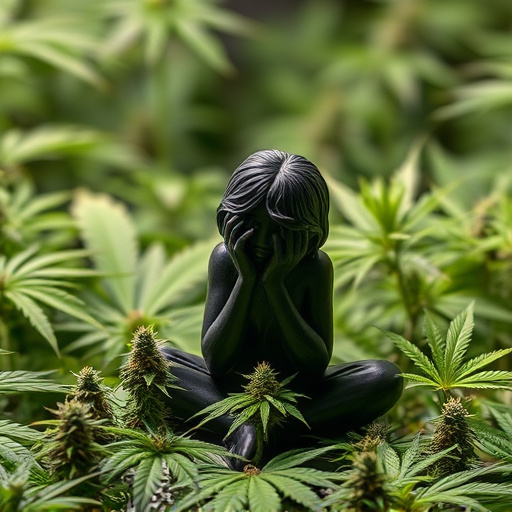
Cannabis plants, like any other organism, exhibit genetic diversity, and this variation plays a significant role in shaping their aromatic profiles. The vast array of cannabis strains available today is a testament to this diversity. Each strain possesses unique chemical compositions, leading to distinct scent characteristics. This genetic variance results from centuries of selective breeding by both nature and humans.
In the context of cannabis for depression, understanding these scent profiles becomes crucial. Different strains may offer varied experiences, with certain aromas being more appealing or effective in managing symptoms than others. For instance, strains known for their floral or fruity notes might provide a pleasant sensory experience, potentially enhancing the overall well-being benefits sought by individuals using cannabis as an alternative therapy for depression.
Environmental Factors: Their Role in Shaping the Aroma of Cannabis Strains for Depression Relief

The environment in which cannabis plants are grown plays a significant role in shaping their unique aromas, particularly when cultivating strains specifically for depression relief. Factors like climate, soil composition, and cultivation techniques can all contribute to distinct olfactory profiles. For instance, cannabis plants grown in regions with diverse microclimates may exhibit varying terpene concentrations, which are responsible for the plant’s scent and have therapeutic properties. Warmer temperatures and increased sunlight can encourage higher levels of myrcene, a terpene known for its relaxing and anxiolytic effects, making it beneficial for managing depression symptoms.
Additionally, the type of soil and nutrient availability impact cannabis aroma. Well-drained, nutrient-rich soil promotes healthier plant growth, allowing for a more complex mix of terpenes and cannabinoids. These environmental influences can lead to subtle differences in the scent and potential therapeutic effects of cannabis strains aimed at treating depression, offering a personalized approach to aromatherapy and holistic wellness.
The aroma of cannabis strains, particularly those cultivated for depression relief, is a complex interplay of chemical compounds, terpenes, and environmental factors. Understanding these elements is key to unlocking the therapeutic potential of different cannabis strains. Genetic diversity plays a significant role in creating distinct scent profiles, offering a wide range of experiences for users seeking natural remedies for depression. By recognizing how these variables influence the cannabis aroma, growers can tailor specific strains to individual preferences while enhancing their therapeutic benefits.


